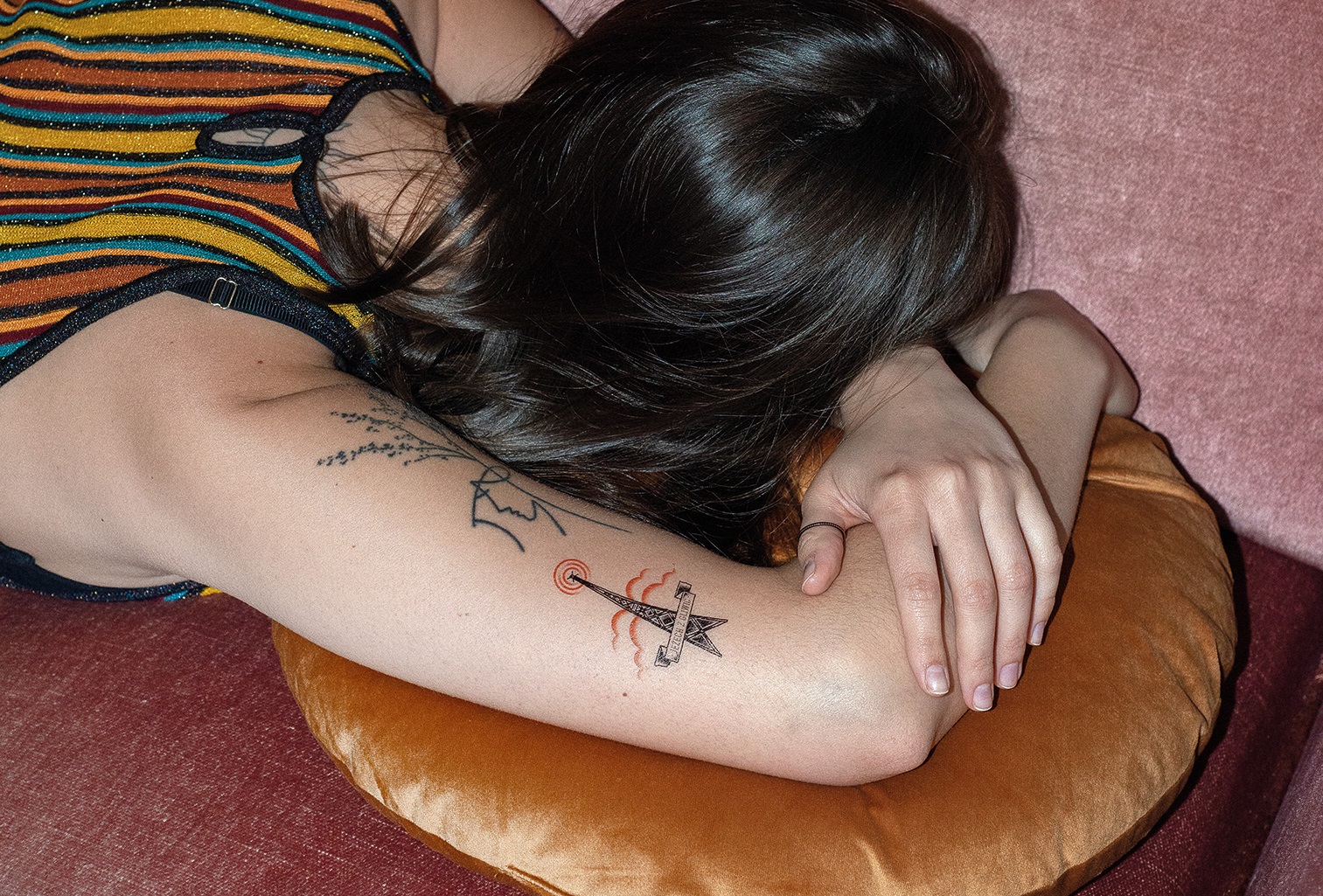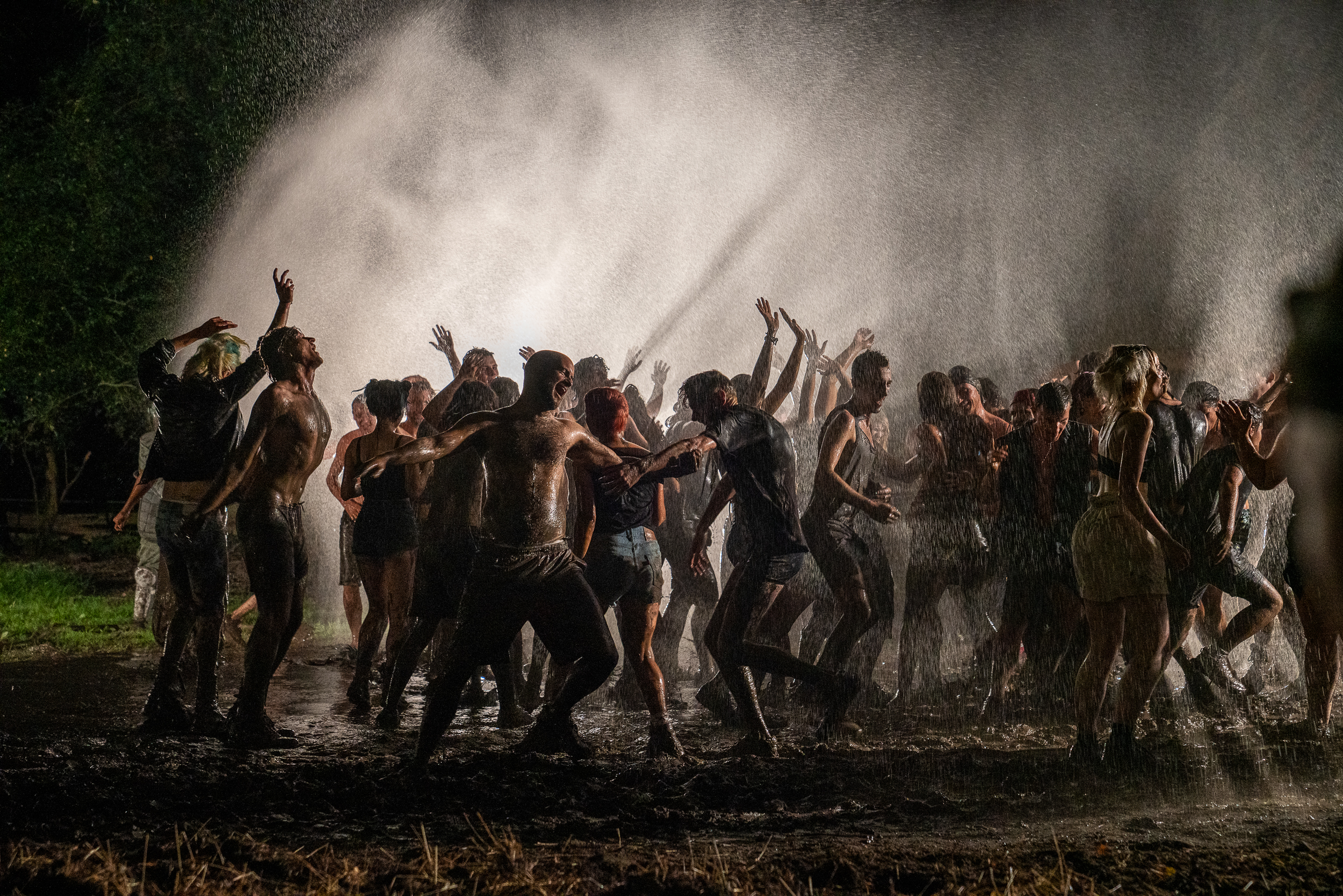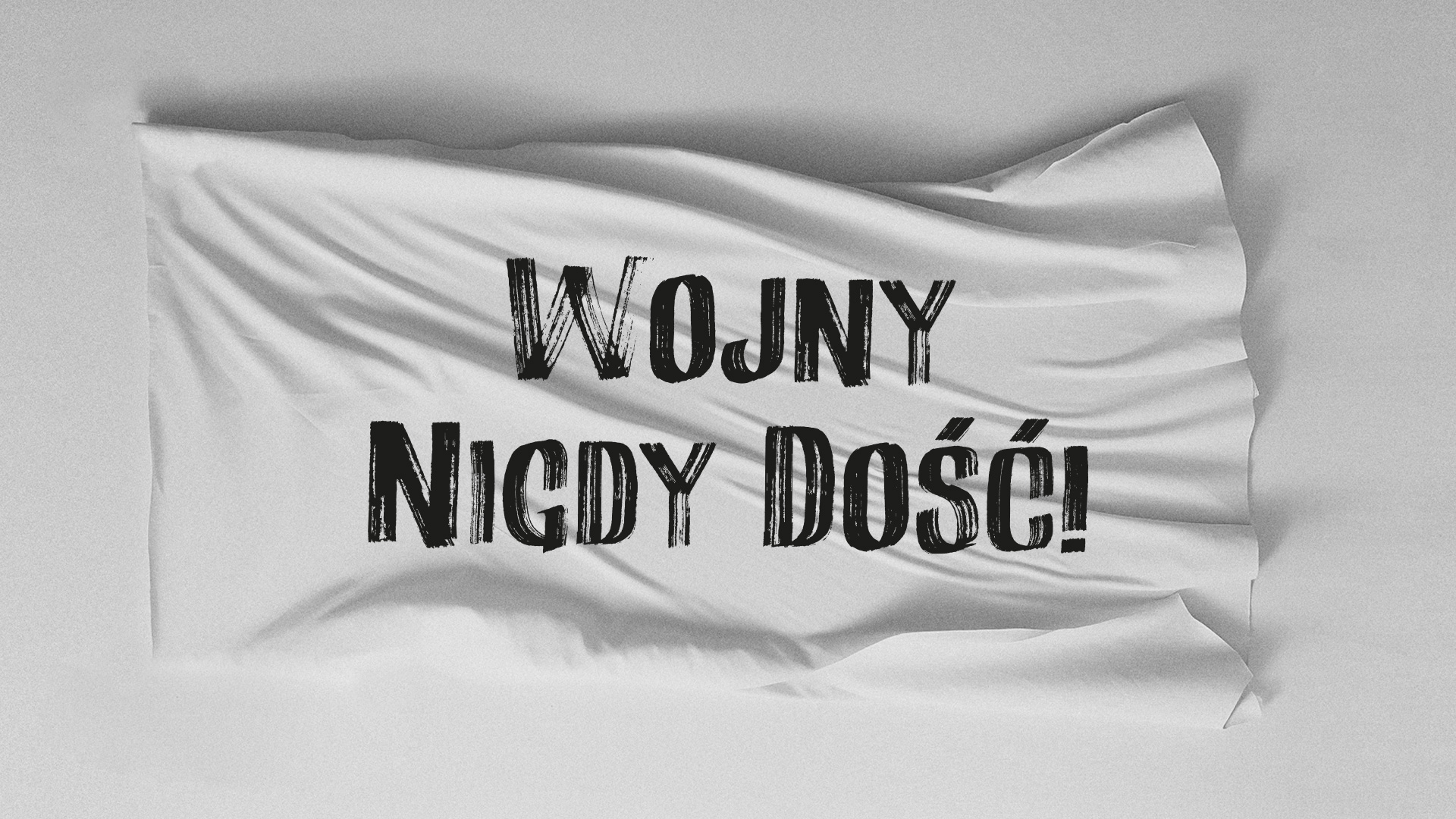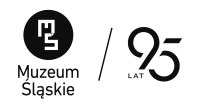Immediately recognizable and less known works, from the collection of paintings and sculptures of the Silesian Museum in Katowice, make up an extremely interesting panorama of aesthetic phenomena of the early and mature modernity era – starting from the first decades of the 19th century, marked by the aftermath of the French Revolution, industrialization and urbanization, and ending with the dynamic years of great modernization, suppressed by the outbreak of the Second World War.
The narrative of this exhibition is composed of successive, complementary or contrasting issues characterized in compendia of knowledge or formulated for the current needs, such as: classicism, romanticism, realism, impressionism, symbolism, Young Polish moodiness and ethnophilia (known as an obsession with peasants or folk) and expressiveness, École de Paris, avant-garde, traditionalism, colorism, art deco, catastrophism. The intended departure from chronology is to situate images representing historicism and Art Nouveau in relation to each other, so as to encourage the visitors of the exhibition to reflect on the identity of the cultural circles of Central Europe.
It was also considered important to bring closer the geography of Polish artistic life during the partitions and in the era of the Second Polish Republic. The selection of works is therefore to show the results of the activity of disciples and representatives of creative centers: Paris, Munich and Vienna, and at the same time Krakow, Warsaw, Poznań, Łódź, Vilnus, Lviv and Katowice.
To what extent has this heritage remained modern? What really determines modernity and how much is it determined by time, place, historical conditions?
Let the labyrinth of the gallery be like a cabinet of mirrors which reflect the existence of several previous generations and, moreover, of ourselves – even in what ways we commune with the presented works, what sensitivity and mindfulness we can afford today.
Curator: dr Michał Burdziński
Pozostałe Archiwum wystaw

Jadwiga Janowska „FALSE FLAG”
04.04.2024 – 30.06.2024
wystawa plenerowa / plac Fajrant

Lech Majewski „POLANA”
23.03.2024 – 06.10.2024
Galeria jednego dzieła / hol centralny

WOJNY NIGDY DOŚĆ!
23.02.2024 – 13.10.2024
przestrzeń wystaw czasowych na poziomie -2
